Home>Home Appliances>Kitchen Appliances>How To Use The Steamer On An Espresso Machine


Kitchen Appliances
How To Use The Steamer On An Espresso Machine
Modified: February 28, 2024
Learn how to use the steamer on an espresso machine to create delicious frothy milk for your favorite coffee drinks. Discover expert tips and techniques for mastering this essential kitchen appliance. Ideal for coffee lovers and home baristas.
(Many of the links in this article redirect to a specific reviewed product. Your purchase of these products through affiliate links helps to generate commission for Storables.com, at no extra cost. Learn more)
Introduction
Welcome to the world of espresso machines! If you're a coffee enthusiast, you've likely marveled at the creamy, velvety milk foam atop your favorite espresso-based beverages. Have you ever wondered how to achieve that perfect froth or steam milk like a barista? The answer lies in mastering the steamer on your espresso machine.
In this comprehensive guide, we'll delve into the art of using the steamer on an espresso machine to froth and steam milk, unlocking the secrets to creating cafe-quality beverages in the comfort of your own kitchen. Whether you're a novice or a seasoned coffee aficionado, understanding the nuances of the steaming process can elevate your at-home coffee experience to new heights.
Join us as we explore the intricacies of the steamer, from its components and functions to the step-by-step process of frothing and steaming milk. Additionally, we'll cover essential tips for cleaning and maintaining your steamer, as well as troubleshooting common issues that may arise.
By the end of this guide, you'll be equipped with the knowledge and confidence to wield the steamer with finesse, turning ordinary espresso into extraordinary, indulgent beverages. Let's embark on this journey to unravel the magic of the steamer and elevate your coffee-making prowess.
Key Takeaways:
- Mastering the steamer on your espresso machine is the key to creating creamy milk foam for delicious coffee drinks. With practice and attention to detail, you can elevate your at-home coffee experience to new heights.
- Proper cleaning and maintenance of your espresso machine’s steamer ensures optimal performance and longevity. Regular upkeep preserves the functionality and flavor of your beverages, allowing you to savor the delights of perfectly frothed and steamed milk for years to come.
Read more: How To Use The Kitchenaid Espresso Machine
Understanding the Steamer
Before we dive into the practical aspects of using the steamer on your espresso machine, it's essential to gain a comprehensive understanding of this integral component. The steamer is a vital feature that enables you to froth and steam milk, adding a rich, creamy dimension to your espresso-based drinks.
Most espresso machines are equipped with a wand-like steaming arm, often referred to as a steam wand. This wand is connected to a boiler within the machine, which heats water to produce the steam needed for frothing and steaming. Understanding how the steam wand operates is fundamental to mastering the art of creating luscious milk foam.
When activated, the steam wand releases pressurized steam, which is the key to achieving the desired texture and temperature of the milk. The ability to control the steam flow and wand positioning is crucial in determining the frothiness and consistency of the milk foam. Additionally, some espresso machines feature a frothing attachment, such as a frothing pitcher, which can aid in the frothing process.
It’s important to note that the steaming process requires precision and attention to detail. Factors such as the angle and depth at which the steam wand is submerged in the milk, as well as the duration of steaming, all contribute to the quality of the final product. With practice and a keen understanding of the steaming dynamics, you’ll soon become adept at creating professional-grade microfoam.
By familiarizing yourself with the mechanics of the steamer and its role in transforming milk into a luxurious topping for your espresso, you’ll be well-prepared to embark on the journey of mastering the art of frothing and steaming. In the following sections, we’ll delve into the step-by-step process of preparing the steamer, frothing milk, and steaming milk to perfection.
Preparing the Steamer
Before you embark on the delightful process of frothing and steaming milk, it’s essential to ensure that the steamer and associated equipment are properly prepared. This preparatory phase sets the stage for creating the perfect milk foam and ensures a seamless steaming experience.
Here are the essential steps to prepare the steamer on your espresso machine:
- Check the Steam Wand: Inspect the steam wand to ensure it is clean and free from any milk residue or obstructions. A clogged or dirty steam wand can impede the steaming process and compromise the quality of the milk foam.
- Purge the Steam Wand: Before each use, it’s advisable to purge the steam wand to expel any residual water that may have condensed inside. This initial release of steam serves to clear the wand and ensures that the steam produced is pure and free from any water remnants.
- Prepare the Milk: Select the type of milk you prefer, whether it’s whole milk, 2% milk, almond milk, oat milk, or any other milk alternative. For optimal frothing and steaming, it’s recommended to use cold milk directly from the refrigerator.
- Select the Frothing Pitcher: If your espresso machine is equipped with a frothing attachment or pitcher, ensure that it is clean and ready for use. The size of the pitcher should allow ample space for the milk to expand during the frothing process.
- Position the Pitcher and Steam Wand: Place the frothing pitcher beneath the steam wand, ensuring that the wand is fully submerged in the milk once the frothing process begins. The angle and depth at which the steam wand is positioned within the milk can influence the texture and consistency of the resulting foam.
By meticulously preparing the steamer and associated components, you set the foundation for a successful frothing and steaming session. With these preliminary steps completed, you’re now ready to embark on the next phase of the process: frothing the milk to create sumptuous foam for your espresso-based beverages.
Frothing Milk
The art of frothing milk is a pivotal skill that distinguishes exceptional espresso beverages. Whether you’re aiming to craft a velvety cappuccino or a luxurious latte, mastering the frothing process is essential for achieving the perfect texture and consistency of the milk foam.
Here’s a step-by-step guide to frothing milk using the steamer on your espresso machine:
- Fill the Frothing Pitcher: Pour cold milk into the frothing pitcher, filling it to a level that allows for the milk to expand during the frothing process. It’s important not to overfill the pitcher, as the milk requires sufficient space to foam and expand.
- Position the Steam Wand: Submerge the steam wand into the milk, ensuring that the tip of the wand is just below the surface of the milk. Position the pitcher at a slight angle to create a whirlpool effect when the steam is activated, aiding in the even distribution of heat.
- Activate the Steam: Turn on the steam function on your espresso machine, allowing pressurized steam to flow through the wand and into the milk. As the steam interacts with the milk, it creates microfoam by incorporating air into the liquid, resulting in a creamy and indulgent texture.
- Monitor the Temperature: Pay close attention to the temperature of the milk as it froths. The ideal frothing temperature ranges between 150°F to 160°F (65°C to 71°C) for most milk varieties. A thermometer can be used to gauge the temperature, ensuring that the milk reaches the desired level of warmth without scalding.
- Texture the Foam: As the milk froths, you can adjust the depth and angle of the steam wand to control the texture of the foam. For a cappuccino, aim for a drier foam with smaller bubbles, while a latte typically calls for a silkier, more velvety texture.
- Turn Off the Steam: Once the milk reaches the desired temperature and texture, deactivate the steam function on your espresso machine. Remove the steam wand from the milk and wipe it clean to prevent any milk residue from hardening on the wand.
Mastering the art of frothing milk requires patience and practice. By honing your technique and paying attention to the nuances of the frothing process, you’ll soon be able to create exquisite milk foam that enhances the flavor and visual appeal of your espresso-based creations.
With the milk frothed to perfection, you’re now ready to transition to the next phase: steaming the milk to complement your espresso and complete the preparation of your specialty coffee beverage.
When using the steamer on an espresso machine, always purge the steam wand before and after each use to remove any condensation and ensure a clean, powerful steam for frothing milk.
Steaming Milk
Steaming milk is a crucial step in the process of creating delectable espresso-based beverages. Whether you’re crafting a classic cappuccino, a velvety latte, or a rich macchiato, mastering the steaming technique is essential for achieving the ideal milk consistency and temperature.
Here’s a detailed guide to steaming milk using the steamer on your espresso machine:
- Prepare the Milk: After frothing the milk, it’s important to ensure that the milk is consistently textured and free from large air bubbles. Gently swirl the frothed milk in the pitcher to integrate the microfoam with the steamed milk, creating a smooth and creamy consistency.
- Position the Steam Wand: Submerge the steam wand into the pitcher of frothed milk, ensuring that the tip of the wand is positioned slightly below the surface. The steam wand should be angled to create a whirlpool effect, allowing the steam to evenly heat the milk and further enhance its texture.
- Activate the Steam: Turn on the steam function on your espresso machine to initiate the steaming process. As the steam interacts with the frothed milk, it raises the temperature while integrating the microfoam, resulting in a luxurious and creamy consistency that complements the robust flavor of the espresso.
- Monitor the Temperature: Continuously monitor the temperature of the milk as it steams. The ideal steaming temperature ranges between 150°F to 160°F (65°C to 71°C) for most espresso-based beverages. A thermometer can be utilized to ensure that the milk reaches the optimal temperature for a delightful drinking experience.
- Create Silky Microfoam: As the milk steams, you have the opportunity to refine the texture and consistency of the microfoam. Adjust the positioning of the steam wand to achieve the desired silkiness and creaminess, ensuring that the milk is impeccably steamed to complement the flavor profile of your chosen espresso blend.
- Turn Off the Steam: Once the milk reaches the desired temperature and texture, deactivate the steam function on your espresso machine. Remove the steam wand from the pitcher and wipe it clean to prevent any milk residue from adhering to the wand.
By mastering the steaming process, you’ll be able to consistently produce impeccably steamed milk that harmonizes with the intense flavors of espresso, resulting in a harmonious and indulgent coffee experience.
With the milk expertly steamed and ready to enrich your espresso, you’re now equipped with the knowledge and skill to create exquisite espresso-based beverages that rival those found in the finest cafes.
Read more: How To Use The Galanz Espresso Machine
Cleaning and Maintenance
Proper cleaning and maintenance of the steamer on your espresso machine are essential for ensuring optimal performance and longevity. Regular upkeep not only preserves the functionality of the steamer but also contributes to the quality and flavor of the beverages it produces.
Here are key practices for cleaning and maintaining the steamer:
- Wipe the Steam Wand: After each use, thoroughly wipe the steam wand with a damp cloth to remove any milk residue and prevent it from hardening. This simple step helps maintain hygiene and prevents the buildup of dried milk, which can affect the steaming process and compromise the flavor of the milk foam.
- Purge the Steam Wand: After steaming milk, activate the steam function briefly to purge any remaining milk from the wand. This prevents milk from being drawn back into the internal components of the espresso machine, reducing the risk of contamination and ensuring a clean steam flow during subsequent use.
- Regular Descaling: Depending on the mineral content of your water, it’s important to descale the steam wand and internal components of the espresso machine at regular intervals. Descaling removes mineral deposits that can accumulate over time, maintaining the efficiency of the steamer and preserving the quality of the steam produced.
- Inspect Seals and Gaskets: Periodically inspect the seals and gaskets associated with the steam wand and boiler to ensure they are intact and free from wear or damage. Damaged seals can lead to steam leaks or pressure loss, impacting the functionality of the steamer.
- Follow Manufacturer’s Guidelines: Adhere to the manufacturer’s guidelines for cleaning and maintenance outlined in the espresso machine’s user manual. This may include specific instructions for disassembly, cleaning solutions, and maintenance schedules tailored to your machine’s model and design.
By incorporating these cleaning and maintenance practices into your routine, you can uphold the performance and integrity of the steamer on your espresso machine, ensuring that it continues to deliver exceptional results with each use.
Remember, a well-maintained steamer not only enhances the coffee-making experience but also contributes to the longevity of your beloved espresso machine, allowing you to savor the delights of perfectly frothed and steamed milk for years to come.
Troubleshooting
While using the steamer on your espresso machine, you may encounter occasional challenges or issues that impact the frothing and steaming process. Understanding common troubleshooting techniques can help you address these concerns and ensure that your espresso machine continues to produce exceptional milk foam and steamed milk.
Here are some common troubleshooting tips for addressing issues with the steamer:
- Weak Steam Flow: If you notice a reduction in steam pressure or flow, it may indicate a clogged steam wand. To address this, carefully clean the steam wand and ensure that it is free from any obstructions that could impede the steam flow.
- Inconsistent Milk Texture: If the milk foam lacks consistency or the steamed milk appears thin, review your frothing and steaming technique. Adjust the positioning of the steam wand and monitor the temperature to achieve the desired texture and creaminess in the milk.
- Excessive Condensation: Excessive water condensation within the steam wand can affect the quality of the steam produced. To mitigate this, ensure that the steam wand is purged before each use to expel any residual water and prevent it from impacting the steaming process.
- Steam Leakage: If you observe steam escaping from areas other than the steam wand, such as around the machine’s seals or gaskets, it may indicate a seal integrity issue. Inspect the seals and gaskets for wear or damage, and replace them if necessary to prevent steam leakage and maintain optimal pressure.
- Unusual Noises: Unusual noises during the steaming process, such as rattling or hissing sounds, can signal underlying issues. Consult your espresso machine’s user manual for guidance on identifying and addressing unusual operational sounds to ensure the steamer functions smoothly.
By familiarizing yourself with these troubleshooting techniques, you can address minor concerns with the steamer on your espresso machine and maintain its performance, ultimately ensuring that you consistently produce exceptional frothed and steamed milk for your favorite coffee creations.
Remember, troubleshooting is an integral part of refining your skills as a home barista, and with practice and attentiveness, you’ll confidently overcome any challenges that may arise during the frothing and steaming process.
Frequently Asked Questions about How To Use The Steamer On An Espresso Machine
Was this page helpful?
At Storables.com, we guarantee accurate and reliable information. Our content, validated by Expert Board Contributors, is crafted following stringent Editorial Policies. We're committed to providing you with well-researched, expert-backed insights for all your informational needs.
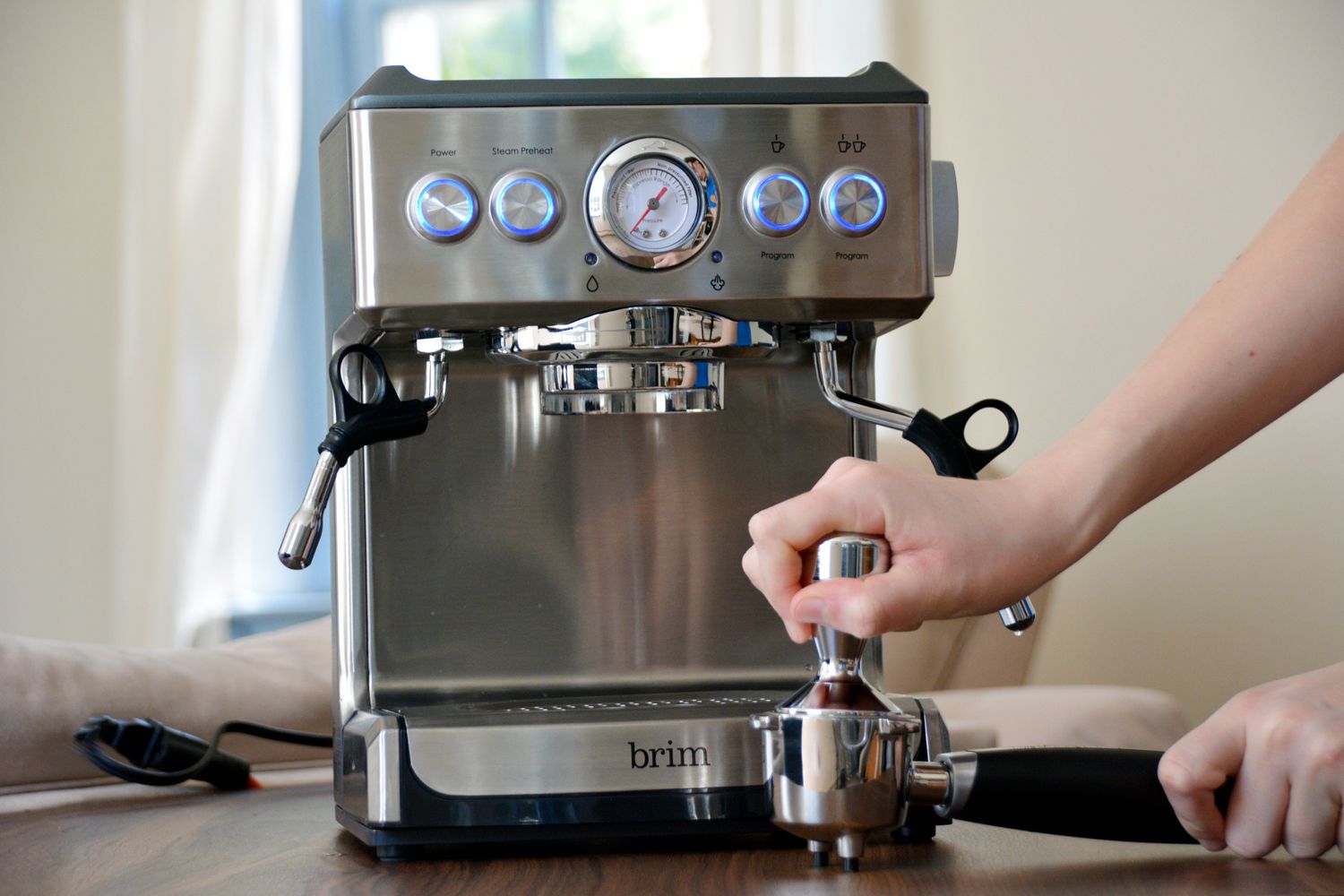
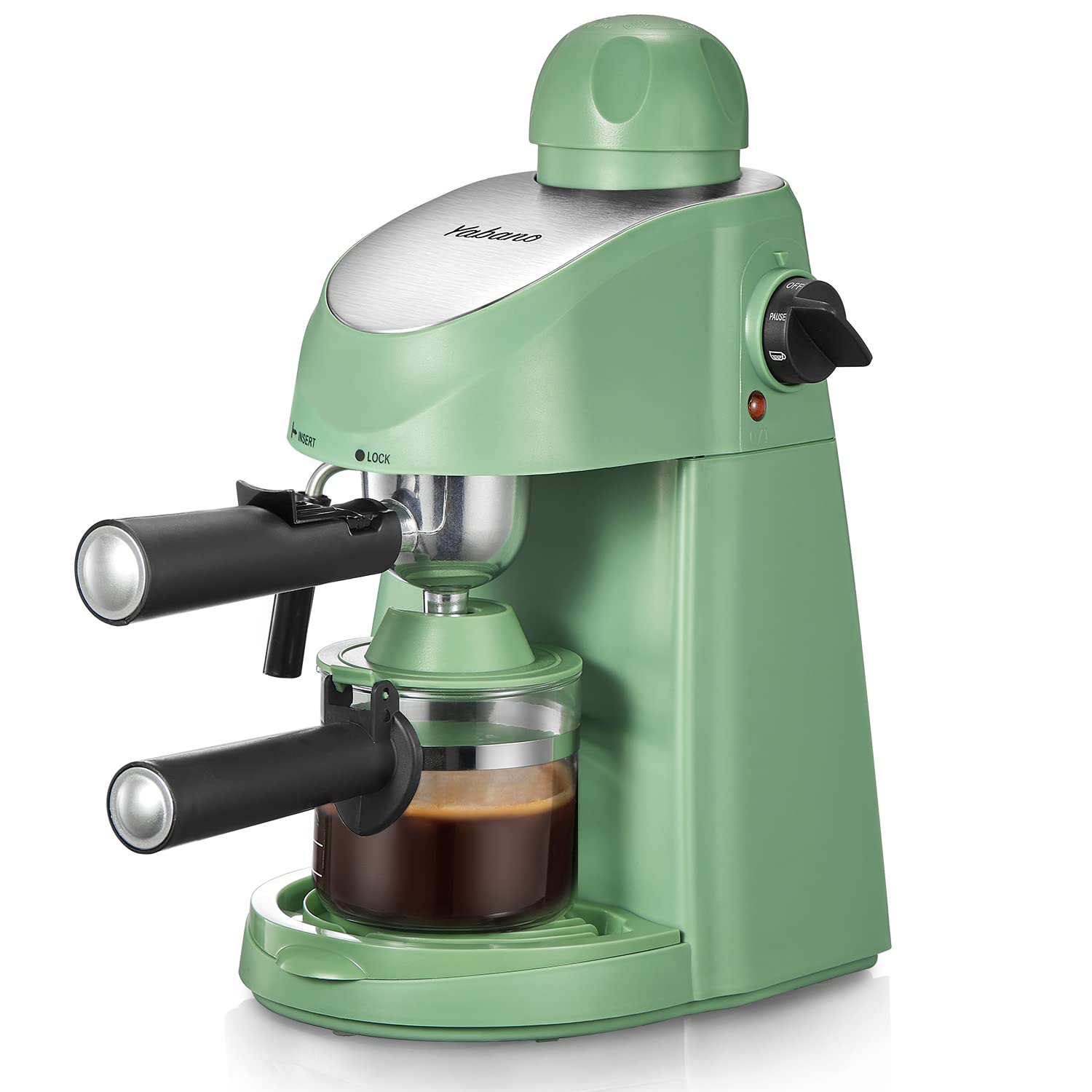

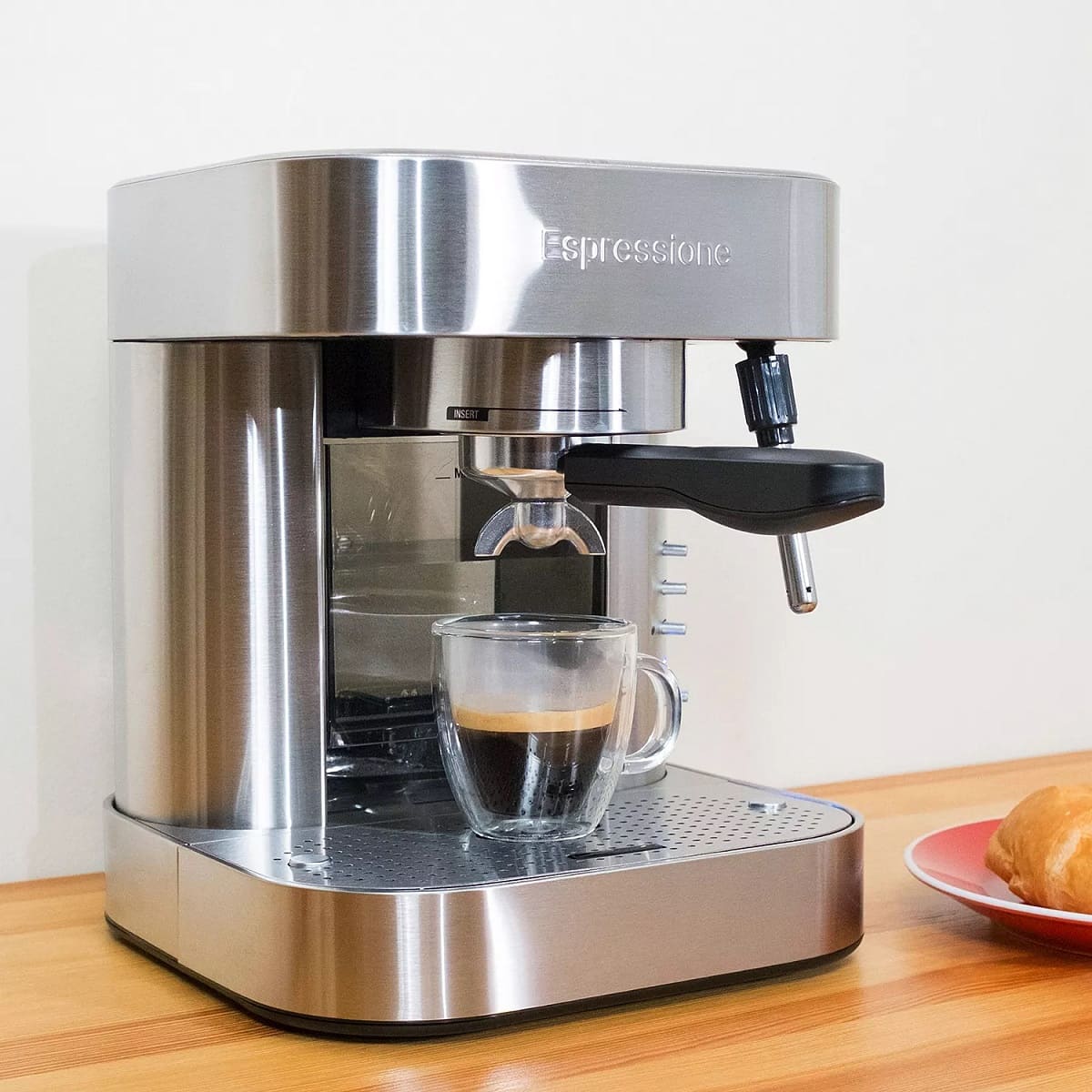
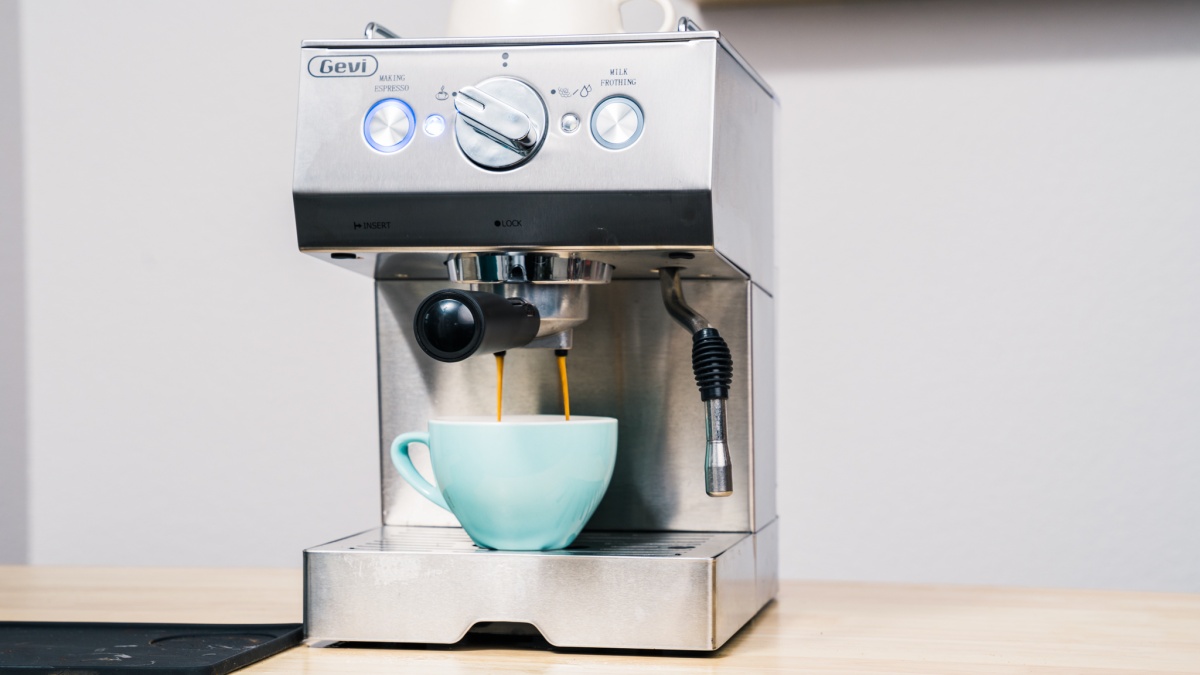

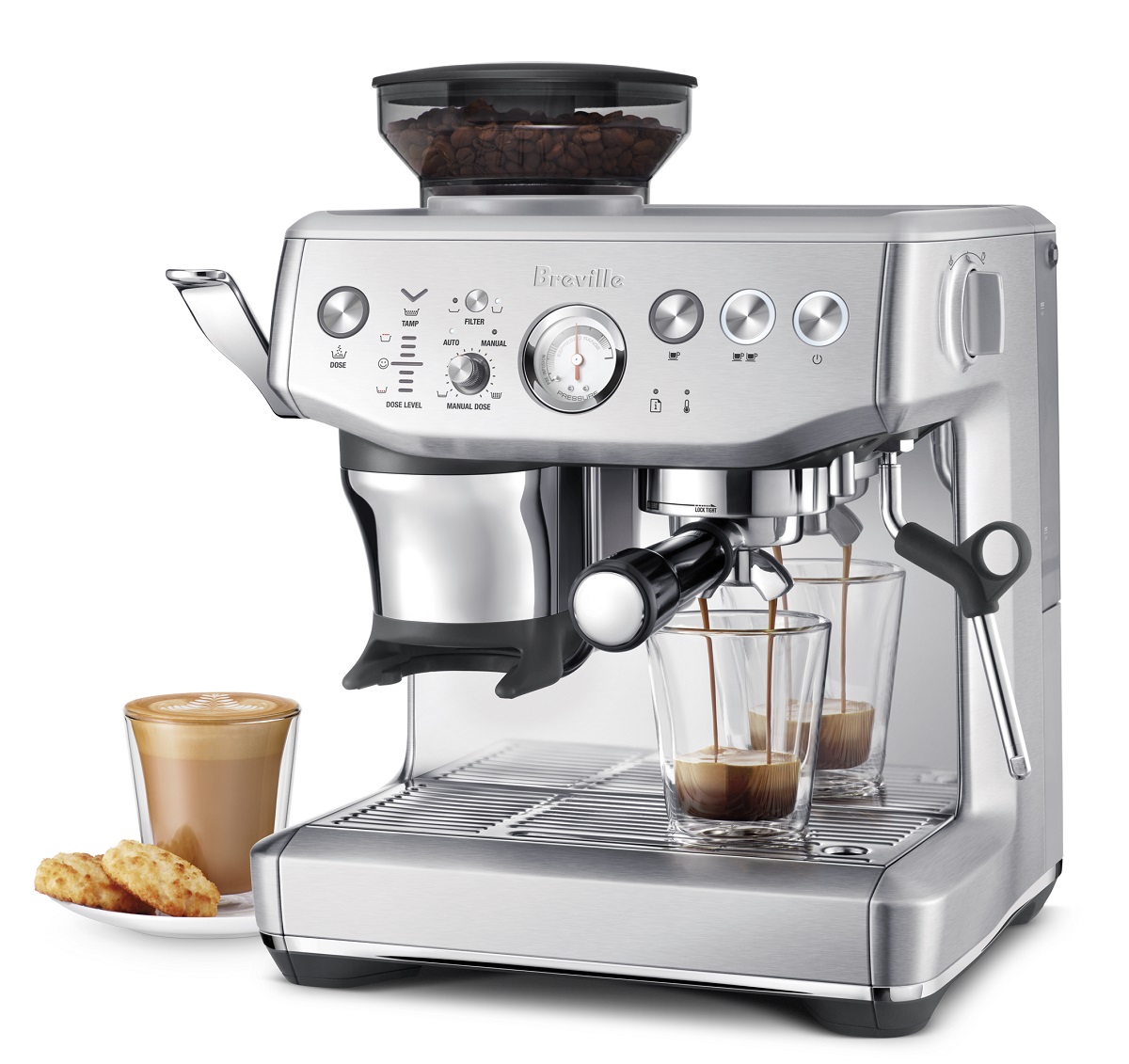
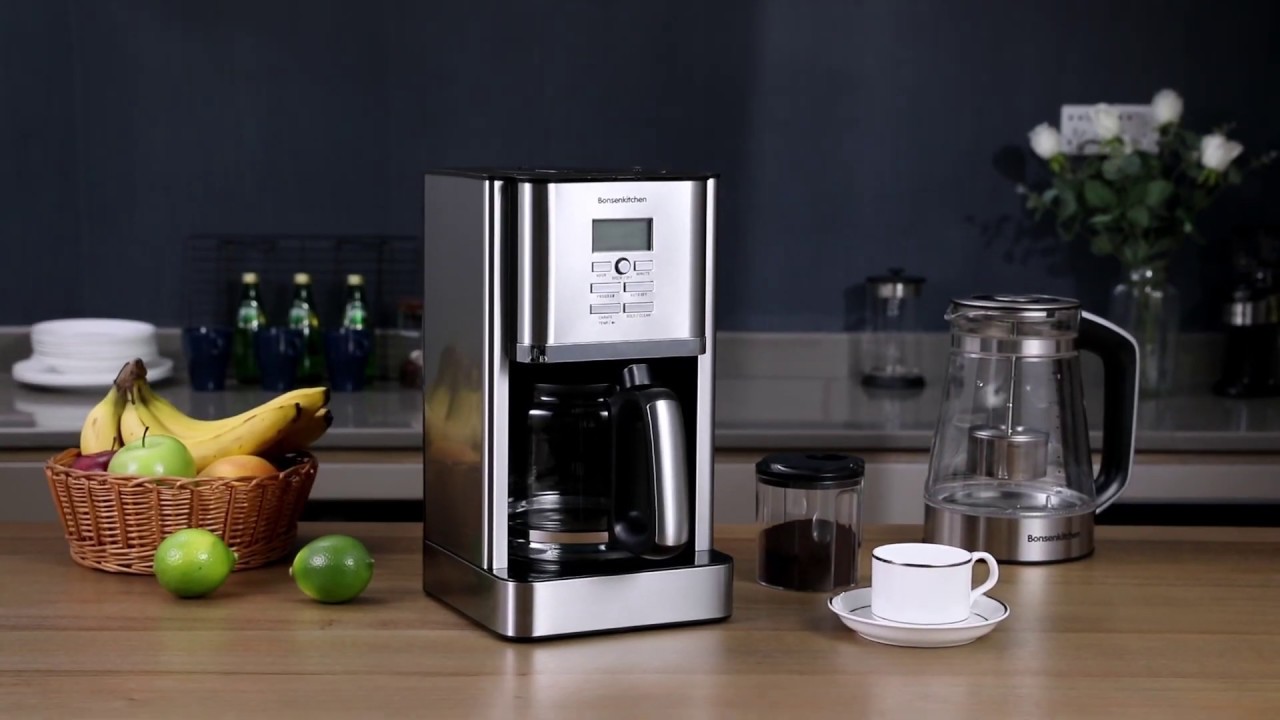

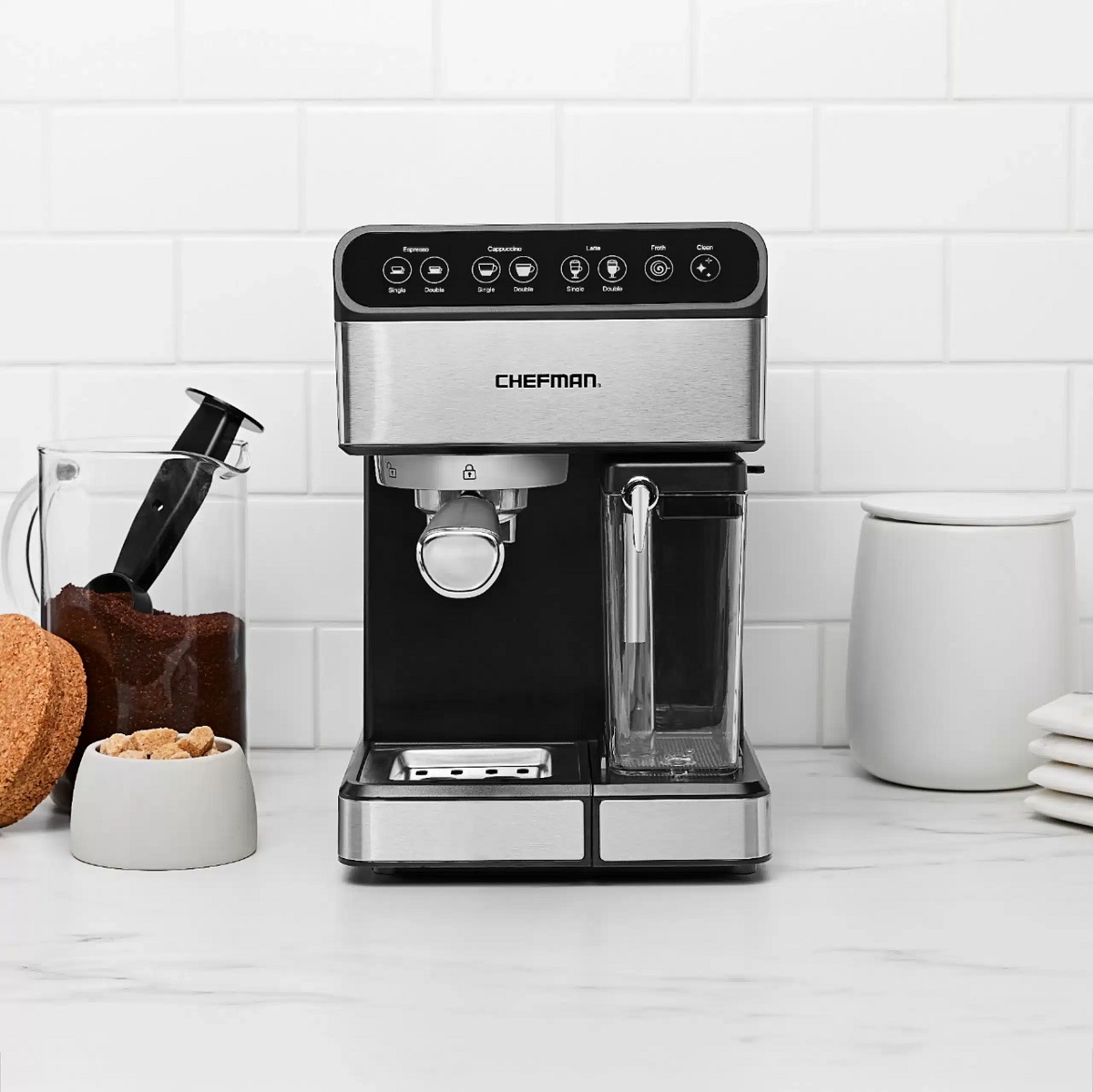
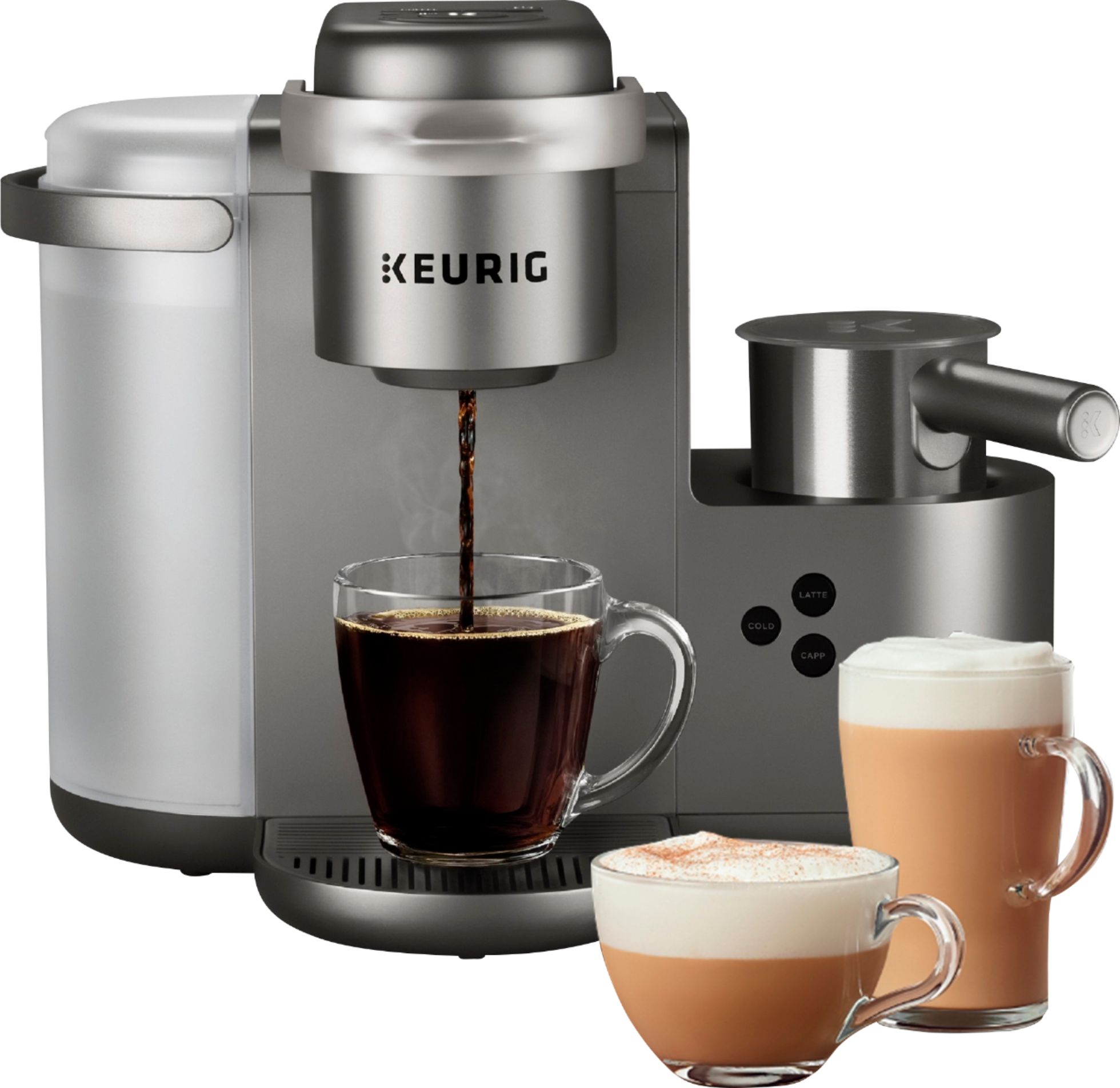
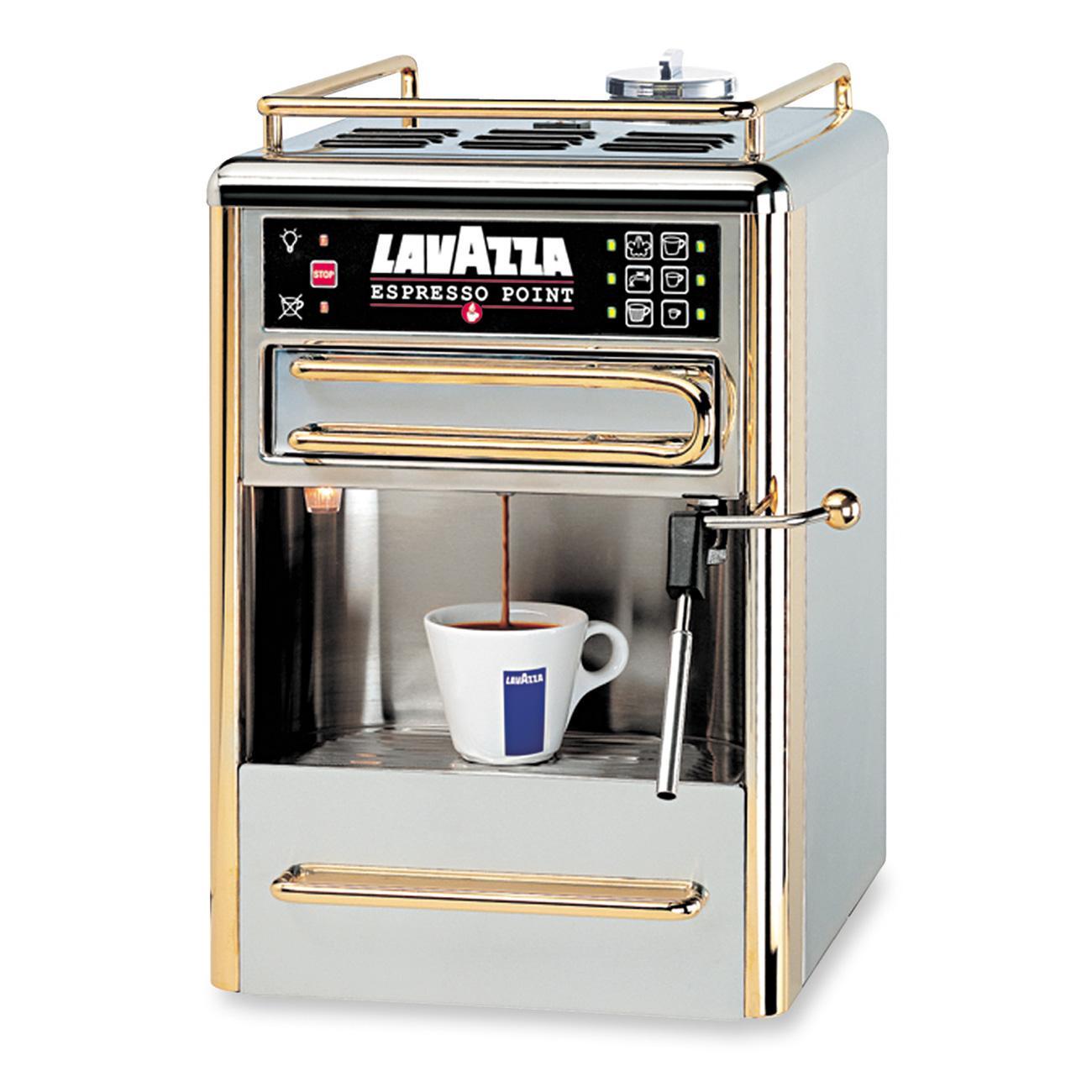
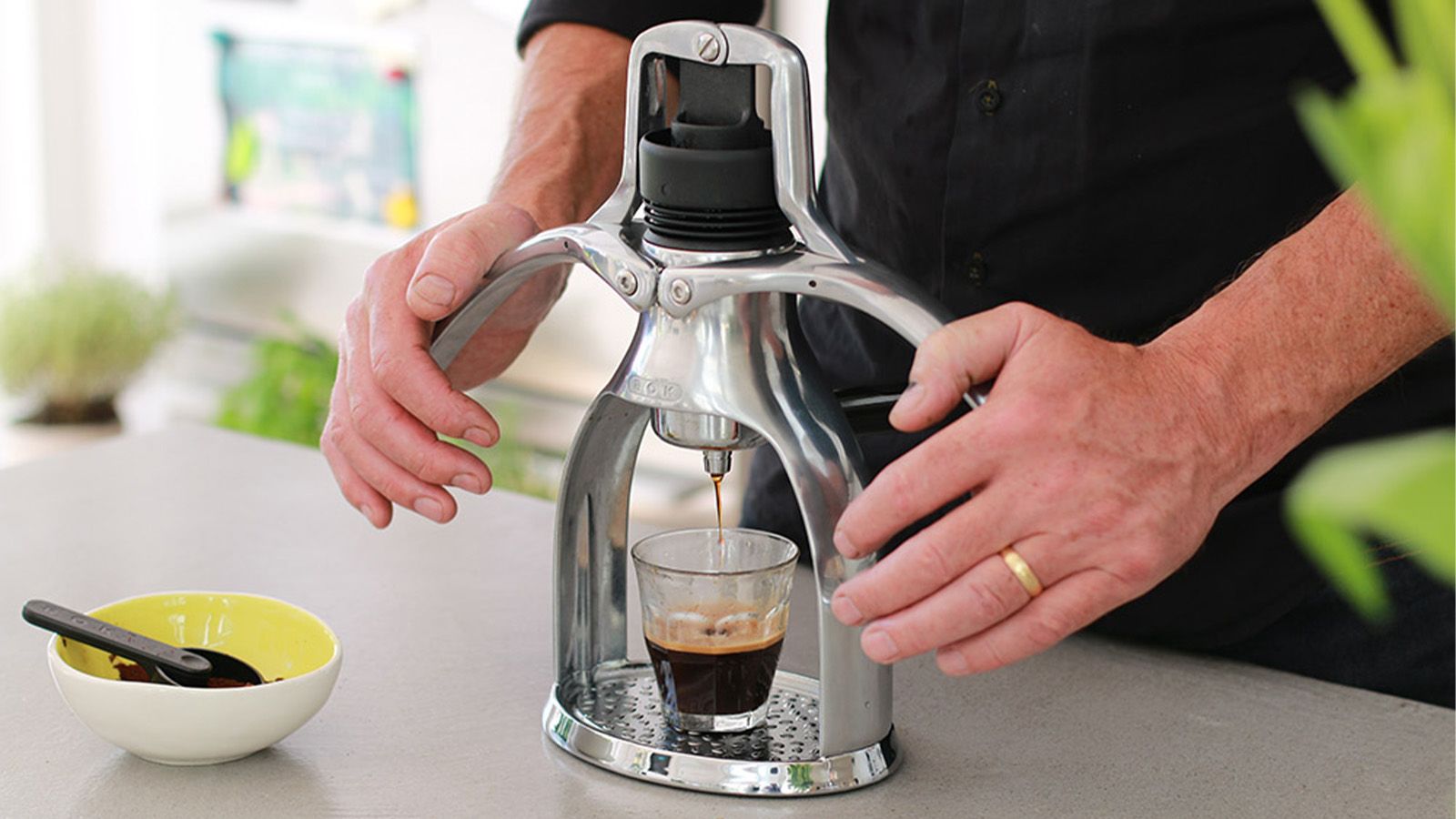
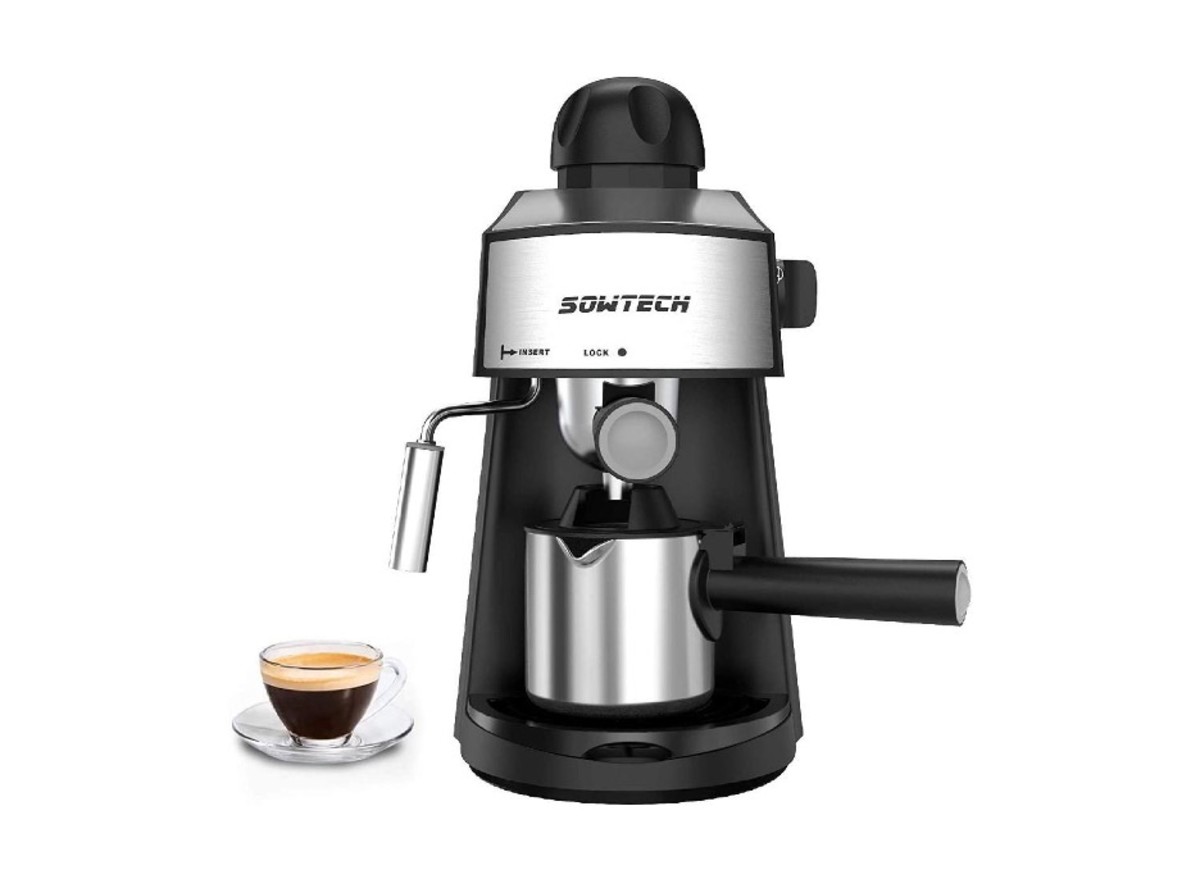

0 thoughts on “How To Use The Steamer On An Espresso Machine”